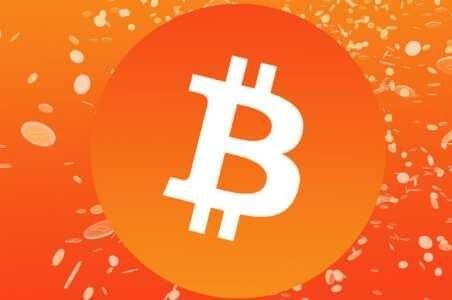Five reasons to get away from bitcoin

Ten thousand dollars, then twelve thousand, then seventeen thousand. All in just a few days. Percentage increases that defy the laws of the understanding. Early bitcoin buyers took advantage of this surge, sometimes to become billionaires. But paradoxically, it discredits bitcoin as a currency.
- Extraordinary volatility
A quick example shows why the extreme variations of bitcoin sometimes make it unusable. For this, just imagine the purchase of an iPhone X worth 0.1 bitcoin - about 1300 euros at the time we write these lines. Because of the technical limitations associated with massive use, the time to take effect can be as long as several hours. At the time of the transfer, the debit could eventually correspond to 1200 euros - the user would be delighted - or 1400 euros - Apple would be delighted.
For both sellers and buyers, it's a question of speculating on every transaction, whether it's an iPhone, a car or a coffee. An unthinkable risk-taking for companies whose profitability depends on margins of the order of a few percent. - Excessive transaction fees
To protect against these increases and decreases, all players could be hedged, which is equivalent to taking out insurance against volatility. It will soon be possible thanks to the appearance of new financial tools. But this represents an additional cost that will necessarily be passed on to the end user.
For this reason, the Steam platform no longer accepts bitcoin since December 6th. In addition to volatility issues, the team mentions a sharp rise in transaction costs, inherent in the architecture of bitcoin. To secure and validate each payment, machines must solve a mathematical calculation. This operation (the mining) requires an immense computing power and therefore large investments. Minors are paid in bitcoins, but also in ancillary costs which depend on the speed with which they deal with the transaction.
Since the momentum of madness around Bitcoin - the app Coinbase is now the most downloaded on the US App Store, the network is completely congested. In the face of high demand, miners can afford to pay better for processing operations. Up to $ 20 on Steam, a hundred times more than when the platform accepted the first bitcoin. A salty bill, especially if you offer a title sold a few euros. - An energy chasm
By accumulating computer resources minors consume electricity. A lot of electricity. At the beginning of November, when bitcoin reached 7000 dollars, the mining became profitable until a consumption of 24 terawatts-hour. A quantity of energy that can illuminate the 186 million inhabitants of Nigeria for a year.
A month later, this "break-even point" rises to more than 32 terawatt hours, approaching the annual consumption of Serbia. In total, bitcoin transactions would account for 0.15% of global electricity consumption. Energy efficiency much lower than other means of payment. - Imperfect security
Anonymity and secure transactions are some of the foundations of bitcoin. Without a centralized body to control cryptocurrency management institutions, users have to rely mostly on word of mouth. Although transaction piracy is unlikely, virtual wallets are not foolproof.
In the last few hours, $ 62 million was reportedly stolen from the NiceHash mining platform through the bitcoin portfolios of site users. In 2014, nearly 750,000 bitcoins disappeared from Mt. Gox, a buying and selling platform that was one of the most used at the time. A booty that would be valued today at about 11 billion euros. - Une généralisation difficile
Sur le devant de la scène, le bitcoin pourrait être détrôné par des concurrents, à commencer par Ethereum. D’après le dernier rapport publié par le site spécialisé CoinDesk, le bitcoin représentait moins de 50% des crypto-monnaies en circulation au mois de septembre, contre 90% au début de l’année 2017. Le chiffre a probablement évolué depuis la flambée du cours du bitcoin, mais montre toutefois que la tendance des investisseurs de longue date est à la méfiance.
Si le bitcoin est un outil techniquement pertinent pour stocker de la valeur - mais avec une immense prise de risque financière, il n’est pas outillé pour être utilisé comme moyen de paiement au quotidien et à grande échelle. Avec un maximum de sept transactions par seconde contre 24 000 pour nos bonnes vieilles cartes bancaires VISA, il ne faut pas espérer s’offrir son croissant du matin en bitcoin.